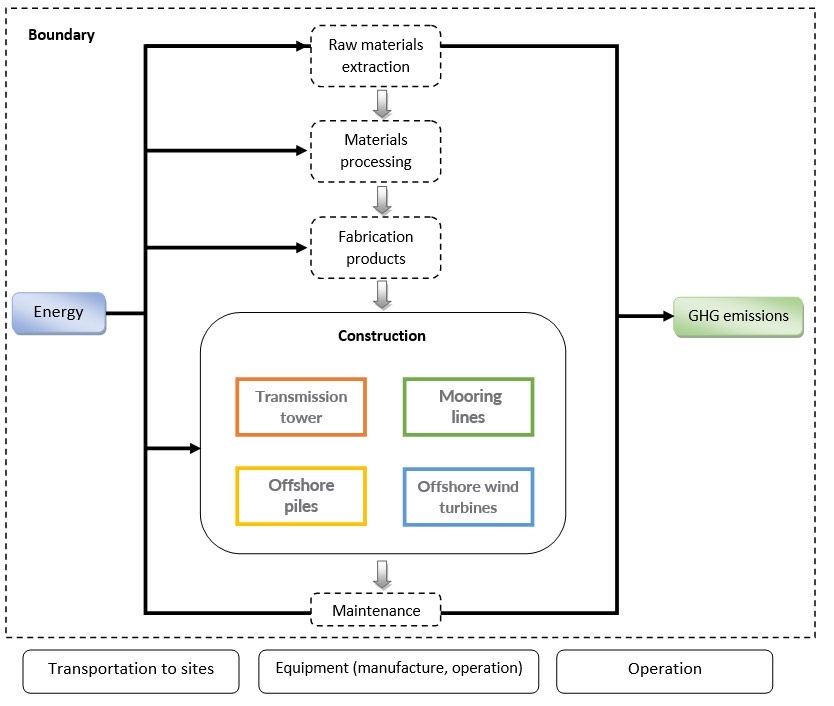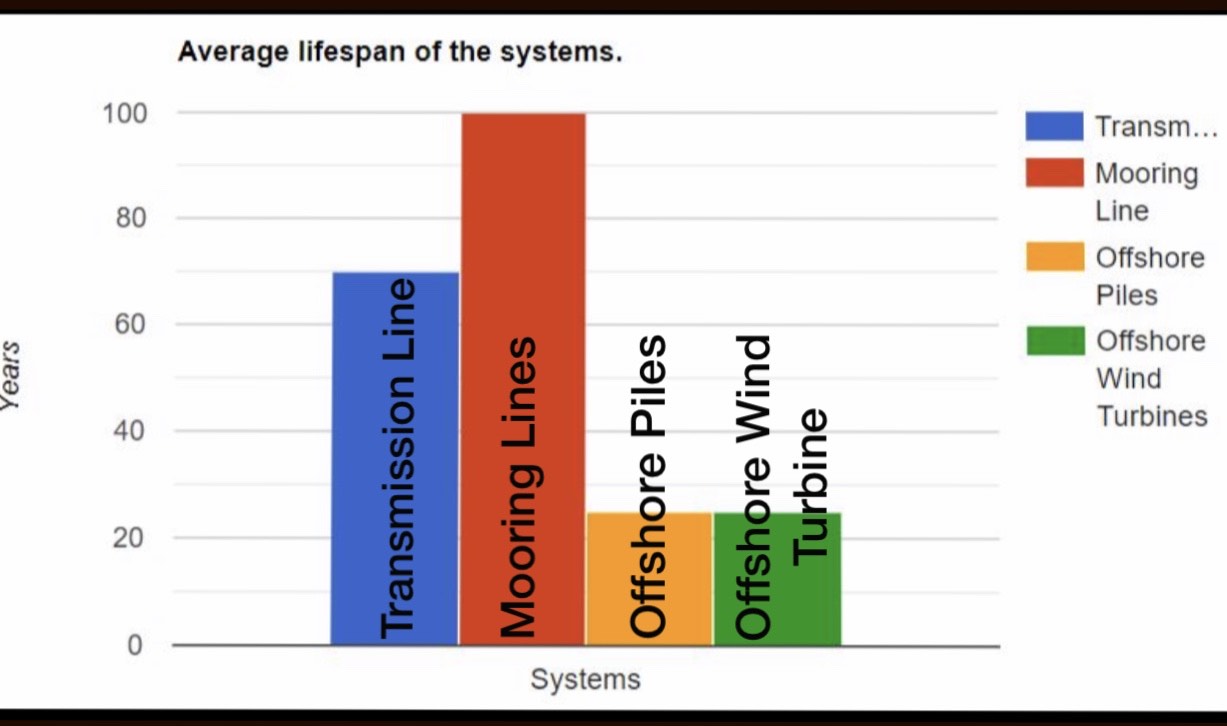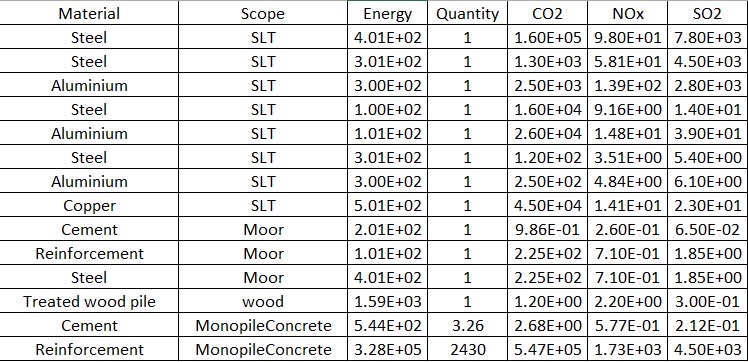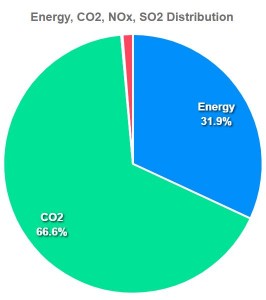Life Cycle Analysis gives an overview of the design, decisions and its overall impact. The decisions made by engineers at some point of the system’s life cycle affect the cost and its environment. As a civil engineer it helped in the understanding of the processes and analyses involved in life cycle analysis of a system. The integrated system which is being considered and reviewed here is basically based on the four subsystems which is the transmission tower, the mooring lines, the offshore piles and the offshore wind turbines. All these four subsystems interact with each other in one way or the other.
Figure 1: Scope and boundaries of LCA
The main goal is to reduce the maintenance time, to find the carbon footprint and also to increase the time between interventions of the integrated system. During the construction process and its lifetime these systems emit so many harmful gases that cause air pollution like CO2, NOx and SO2 and also a lot of energy is being consumed or overused during its life cyle. All these factors are taken into consideration and is being studied. These gases affect the tropospheric ozone and also affect the flora and fauna. They also contribute to the formation of acid rain and smog which affects the natural system and causes an imbalance in nature. The overuse of energy also leads to some major concerns like the increase in carbon footprint, increased risk of climate change and also higher energy costs. The complete stoppage of the same is impossible but if we really care and pay attention we could decrease the amount up to a certain extent.
Figure 2: Average lifespan of the systems.
The figure depicted above shows the average lifespan of the chosen systems. It is clear from the picture that the transmission tower has a designed life span of 70 years and the mooring lines have a designed lifespan of 100 years which is the highest amoung the all. In this span , a lot of inspections and maintenances are being done on both the systems at regular intervals. Considering the offshore piles and wind turbines, they have an average lifespan of about 20-25 years. If they are well maintained with regular inspections and maintenances, the lifespan could be increased for a period of 30 years.
Given below are the summarized required materials of each subsystem for the LCA :
Transmission tower
Mooring line
Offshore wind turbines foundation
Offshore Piles
An inventory is formed that contains the materials used for the construction, emissions and energy consumption can be seen from the below graph.
Figure 4: Result of LCA – Energy consumption, GHG emissions and the Costs for the integrated system.
The integrated system’s emissions and energy consumption analysis figure is depicted in Fig.5. It can be clearly stated that the main environmental discharge of the system is its energy consumption of 31,9% and CO2 emissions of 66,6%, which is the highest amoung all the emissions and energy. NOx and SO2 is also emitted but in a very small proportion. The SO2 emission is around 1,3% of the combined system and NOx emission 0,2%. the overusage of the energy and the emissions are a major concern for the environmental safety.
Integration Context of the civil systems




